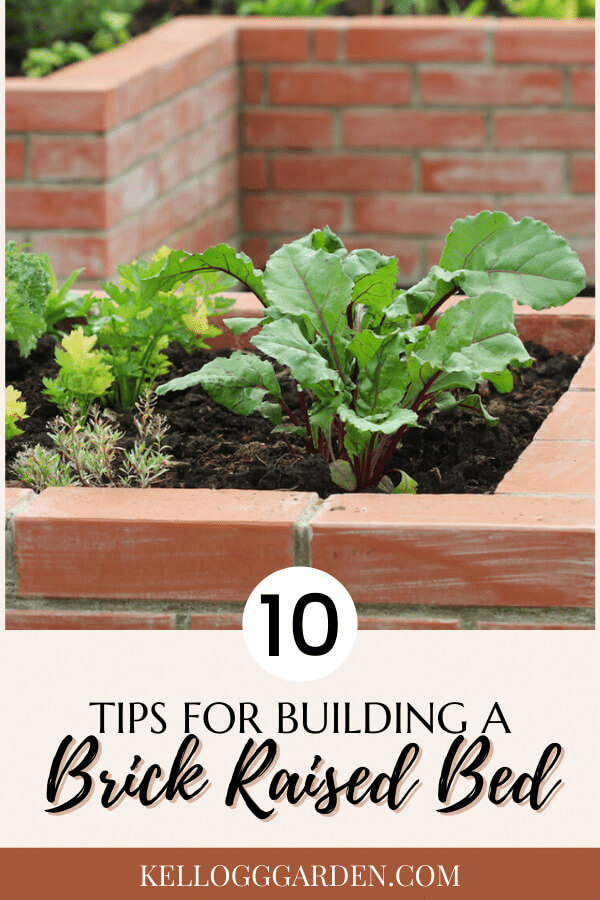Your cart is currently empty!

Tips For Building Raised Garden Beds

Building raised garden beds can be an enjoyable activity for the whole family, and there are a number of steps to take in order to ensure success. You’ll want to keep the bed spaced properly, and ensure that you’re using the right fertilizer and mulch to get the most out of your garden. Also, you’ll need to water the plants, and keep them in check over the winter months.
Mulch
In raised garden beds, mulch is a great way to protect the soil and the plants from weather and other harmful elements. However, it’s important to know what types of mulch are best suited for your particular needs.
One of the cheapest options for mulch is grass clippings. They decompose quickly and can be used to replenish nutrients in the soil. You should never apply herbicides or pesticides to your grass clippings.
Leaves can also be used for mulching. These are a good source of organic matter, which is broken down by earthworms and insects. It’s also an excellent soil conditioner. The leaves should be shredded to speed the process.
Pine straw is another inexpensive mulch option. However, this type of mulch is not ideal for your vegetable garden. Because it’s high in carbon, it can tie up nitrogen that is needed by your vegetable plants.
Water
Watering raised garden beds can be a tricky process. Fortunately, there are several options available. Each method has advantages and disadvantages, and you should consider them before choosing one.
For the best results, water your raised beds before the sun rises. The morning is the optimal time for watering, because plants absorb moisture better in the morning than during the heat of the day. If you’re unsure of the ideal timing for watering your garden, you can check the weather forecast for your area.
Depending on the size of your raised bed and the types of plants you have, you may be able to use drip lines, sprinklers, or soaker hoses. Drip lines provide water in small amounts, and they make it difficult to overwater your plants.
Fertilizer
A good way to keep your vegetable garden healthy and productive is by fertilizing. This is done with different types of fertilizers. Using the right ones is important to ensure that your plants grow well.
Different plants have different needs. Some require more nutrients than others, such as nitrogen. The type of fertilizer that you use can also have a big impact on your plants. For example, a water-soluble fertilizer is better for your vegetables. Water-soluble fertilizer will break down in water, so it’s easier for your plants to absorb the nutrients.
Fertilizers can be organic or synthetic. If you choose to use a synthetic product, you should make sure it’s water-soluble. You should also store the fertilizer in a cool, dry place.
Proper spacing between beds
If you are a gardener, you may have heard about raised garden beds. Raised garden beds are ideal for areas that are susceptible to heavy clay or other soil problems. They can also help prevent plant roots from damaging contaminants in the ground.
In order to use a raised bed successfully, you need to understand what plants you want to grow. Your choice will depend on your budget and your environmental conditions. However, most people find that a four-foot wide bed is the best size.
The width of your raised garden bed is probably the most important factor to consider. It will determine where to place your plants.
Depending on your budget, you can choose between a four-foot bed or an eight-foot one. Generally, the shortest beds are twelve inches. But, if you are serious about growing a productive vegetable garden, you should aim for at least three feet.
Overwintering
You can have a healthy vegetable garden year-round, but you’ll need to know some tips for building raised garden beds for overwintering. In winter, raised beds keep the soil warm and prevent water loss. This makes it perfect for growing vegetables.
Raised garden beds are also easy to maintain. In addition to minimizing weeding, they are a great way to ensure proper drainage. They can be made of bricks, landscape timbers, concrete blocks, or recycled materials.
The first step to raising a bed is to remove perennial weeds. Often, this is a more time-consuming process than pulling plants that are dead.
For those whose raised garden beds will not be planted until the spring, you’ll need to add manure and compost to the soil. Covering the garden bed with black plastic or a piece of black plastic sheet will help protect the soil from erosion and extend the growing season.
by
Tags: